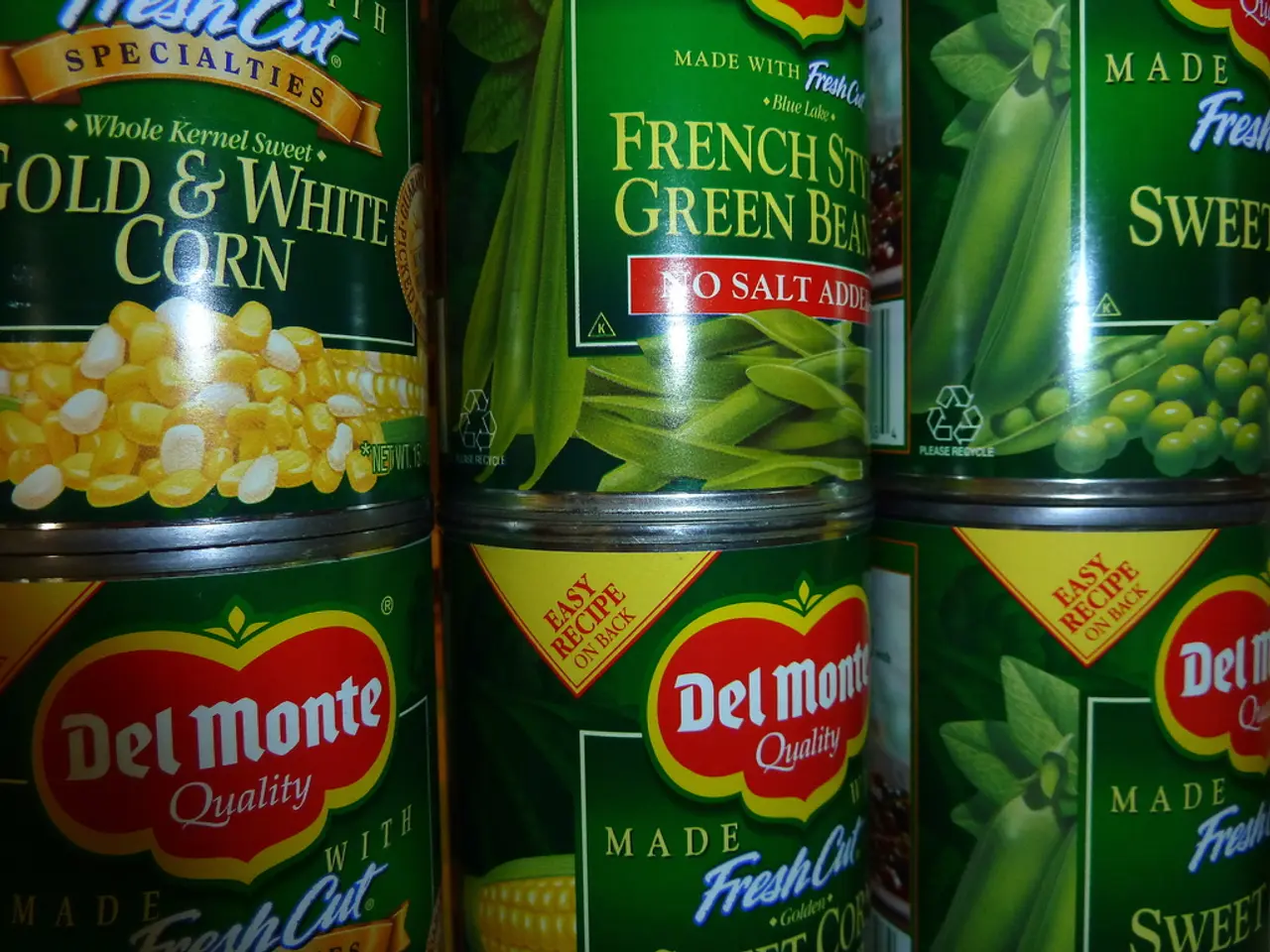Revealing the Hidden Facts: The Number of Valence Electrons Each Halogen Holds
Halogens, a group of elements that originated from Greek words meaning "salt-forming," are a fascinating and essential part of the periodic table. Known for their high reactivity, halogens include fluorine (F), chlorine (Cl), bromine (Br), iodine (I), astatine (At), and tennessine (Ts).
Halogens follow the octet rule, a principle that states atoms tend to gain, lose, or share electrons to achieve a full outermost electron shell. Being in Group 17, halogens typically have seven valence electrons (ns2np5 electronic configuration). To achieve a stable octet, halogens are eager to gain one more electron, making them highly reactive.
This eagerness to gain electrons explains why halogens readily react with elements that can donate electrons. They can form covalent bonds with other halogens or nonmetals, as well as ionic bonds with metals, such as sodium chloride (NaCl). Halogens also readily react with other elements, particularly metals, to form negative ions (anions) with a -1 charge.
The reactivity of halogens generally decreases as you move down the group due to increased atomic size and shielding effect. For instance, fluorine is the most reactive halogen, while astatine may exhibit different chemical behavior due to its heavy nature, where relativistic effects cause changes in electron orbitals, leading to altered bonding and reactivity patterns.
Halogens have strong oxidizing power due to their electron-grabbing behavior, making them valuable in various chemical reactions. They form a wide variety of compounds with diverse applications, such as hydrochloric acid (HCl), sodium chloride (NaCl), and various organic halides.
Understanding valence electrons is crucial for predicting how elements will behave in chemical reactions and for explaining the formation of various molecules and compounds. In the case of halogens, the number of valence electrons (seven) dictates their chemical personality, defining a group of elements that are both reactive and remarkably useful.
Halogens are not only essential in chemistry but also in everyday life. Their unique properties make them indispensable in numerous applications, from household cleaners to pharmaceuticals, demonstrating the importance of understanding these fascinating elements.
Read also:
- Peptide YY (PYY): Exploring its Role in Appetite Suppression, Intestinal Health, and Cognitive Links
- Toddler Health: Rotavirus Signs, Origins, and Potential Complications
- Digestive issues and heart discomfort: Root causes and associated health conditions
- House Infernos: Deadly Hazards Surpassing the Flames




